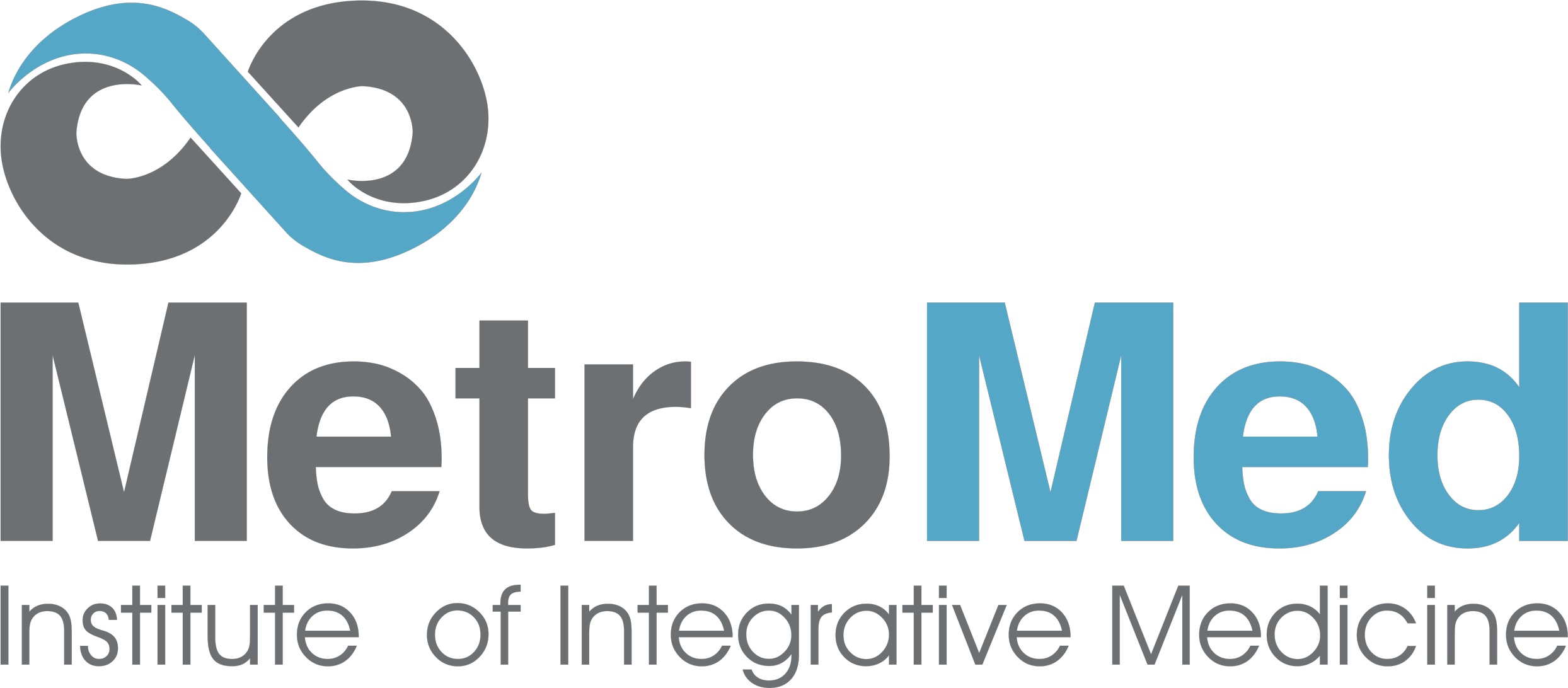The skin is our body’s largest organ. Comprised of three layers, the skin protects our internal organs from extreme temperatures, the sun’s UV rays, and toxic chemicals and also helps us retain water, avoid infections and generate essential vitamins and proteins. Besides performing these detrimental duties, the skin is made up of millions of cells, which can be used to save lives. Much research has recently been done on human skin cells being transformed into brain and heart cells.
On average, the human brain produces 70,000 thoughts a day. Neurons fire and communicate with each other to aid in this production. Neurodegenerative diseases such as Alzheimer’s and Parkinson’s lead to a deficiency of cells that normally produce critical neurotransmitters, that in turn form the connections between neurons in the brain. Consequently, this leads to memory loss in Alzheimer’s and muscle tremors and stiffness in Parkinson’s. While current treatment options can help relieve symptoms, there is no option that halts or reverses the progression of both diseases.
Recently, however, human skin cells were transformed into brain cells after being infused with a special gene, Sox2. Within days of infusion, the skin cells transformed into early-stage brain stem cells, known as iNSCs. They began to grow, replicate, and mature, converting into neurons that were capable of transmitting electrical signals. In less than a month, neural networks were formed between the neurons and the cells were transplanted into a rats brain, where they functioned normally; no adverse side effects were recorded. These re-engineered human neurons can be used to assess the safety and efficiency of certain drugs, reducing the risks of human trials. As many drugs fail in critical trials due to the lack of information on the effects of the drug on human brains, the capability to produce brain neurons will allow for this observation in a laboratory. This development also avoids the danger of ˜rogue stem cells and the chances of cancer because the cells are made in one specific, purposeful state- as neurons. Tested on rats, no tumors developed.
Human skin cells can help generate each neuron type in the brain once scientists can identify which gene controls which specific neuron. In turn, drug testing can be conducted to see which drugs affect different neuron types, leading to drug development for different neurodegenerative diseases.
The same type of advancement was seen in the formation of heart cells from patients skin cells that have heart failure. The skin cells were reprogrammed into heart stem cells, hiPSCs, and then changed into heart muscle cells called cardiomyocytes. These cardiomyocytes were combined with heart tissue and were transplanted into the hearts of rats, where they were able to completely integrate and function with existing heart tissue.
In the future, this discovery will lead to the avoidance of transplants, as rejection to a donor is a huge risk. Instead, a patients own created stem cells will be used to repair the damage. The created stem cells heal scar tissue caused by heart attacks and heart failure, avoiding the need to completely replace the dying heart. However, there are still obstacles for the use of this procedure in human hearts, as billions of cells are needed to fuel a human heart.
While both breakthroughs were tested on rats, they serve as huge stepping-stones in the development of these reprogramming treatments. Now we have the ability to transform skin cells into heart and neural cells. This will allow physicians to correct and replace degenerating cells around the body from an easily obtainable source, your skin.
Copyright © 2012 Alex Martin MD & Francesca Coxe, Los Angeles. Edited by Devin Stone
Resources:
1. Grush, Loren. “Scientists Convert Skin Cells into Full Functioning Heart Cells.” Fox News. FOX News Network, 23 May 2012. Web. 12 June 2012.
2. HealthDay News. “WCIV-TV | ABC News 4 – Charleston News, Sports, WeatherSkin Cells Turned into Brain Cells in Lab Study.”Skin Cells Turned into Brain Cells in Lab Study. WorldNow, 10 June 2012. Web. 12 June 2012. .
3. Looi, Steven. “Brain Health & Puzzles.” Fun Facts About The Brain. Lumosity, n.d. Web. 12 June 2012.
4. Rutland, Sarah. “How Much Skin Do We Have?” Discovery Health. Discovery Communications, n.d. Web. 12 June 2012. .
5. Waugh, Rob. “New Hope for Alzheimer’s Sufferers as Breakthrough Allows Scientists to Grow New Brain Cells from Normal Skin.” Mail Online. Associated Newspapers Ltd, 7 June 2012. Web. 12 June 2012.


